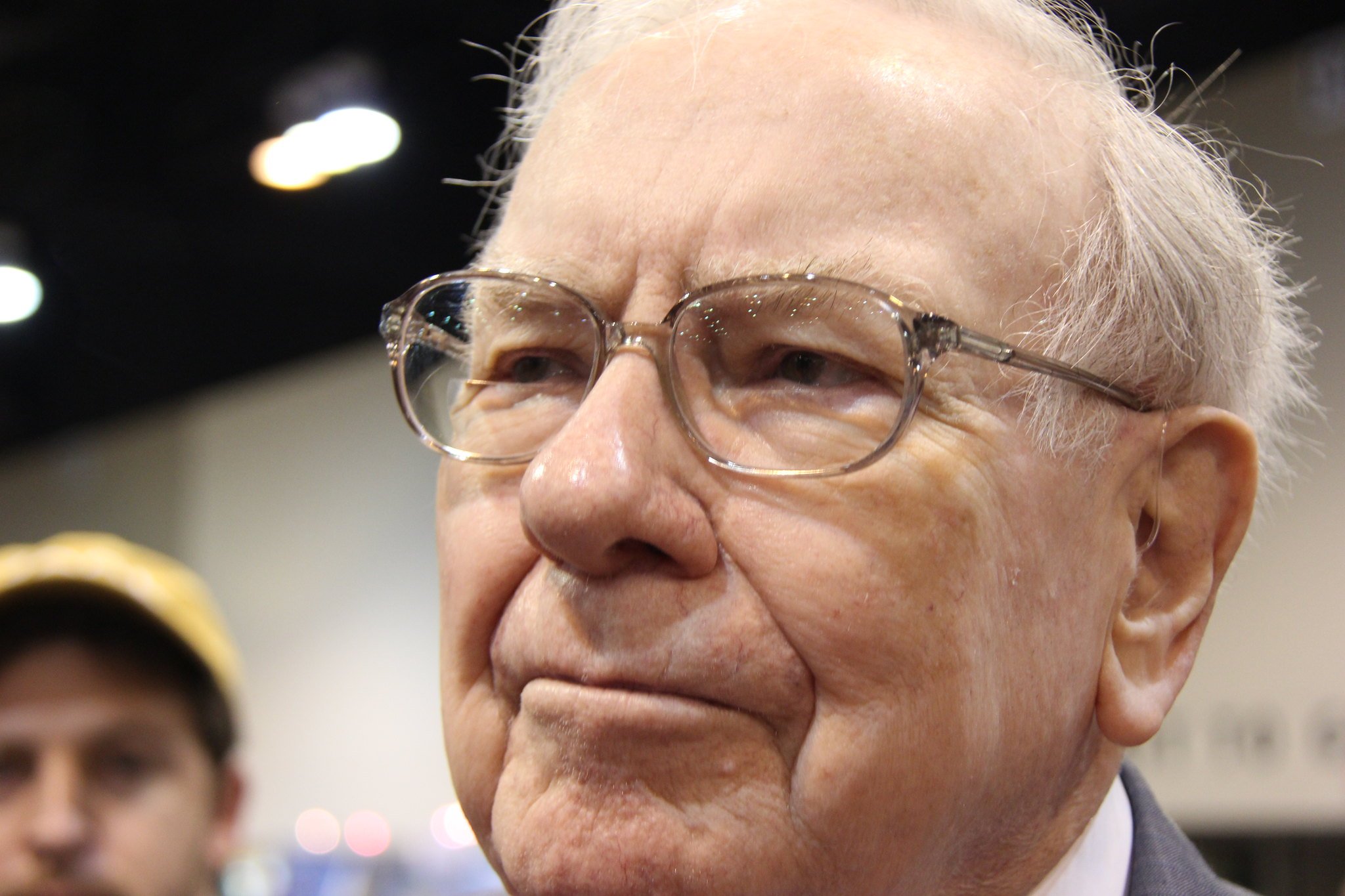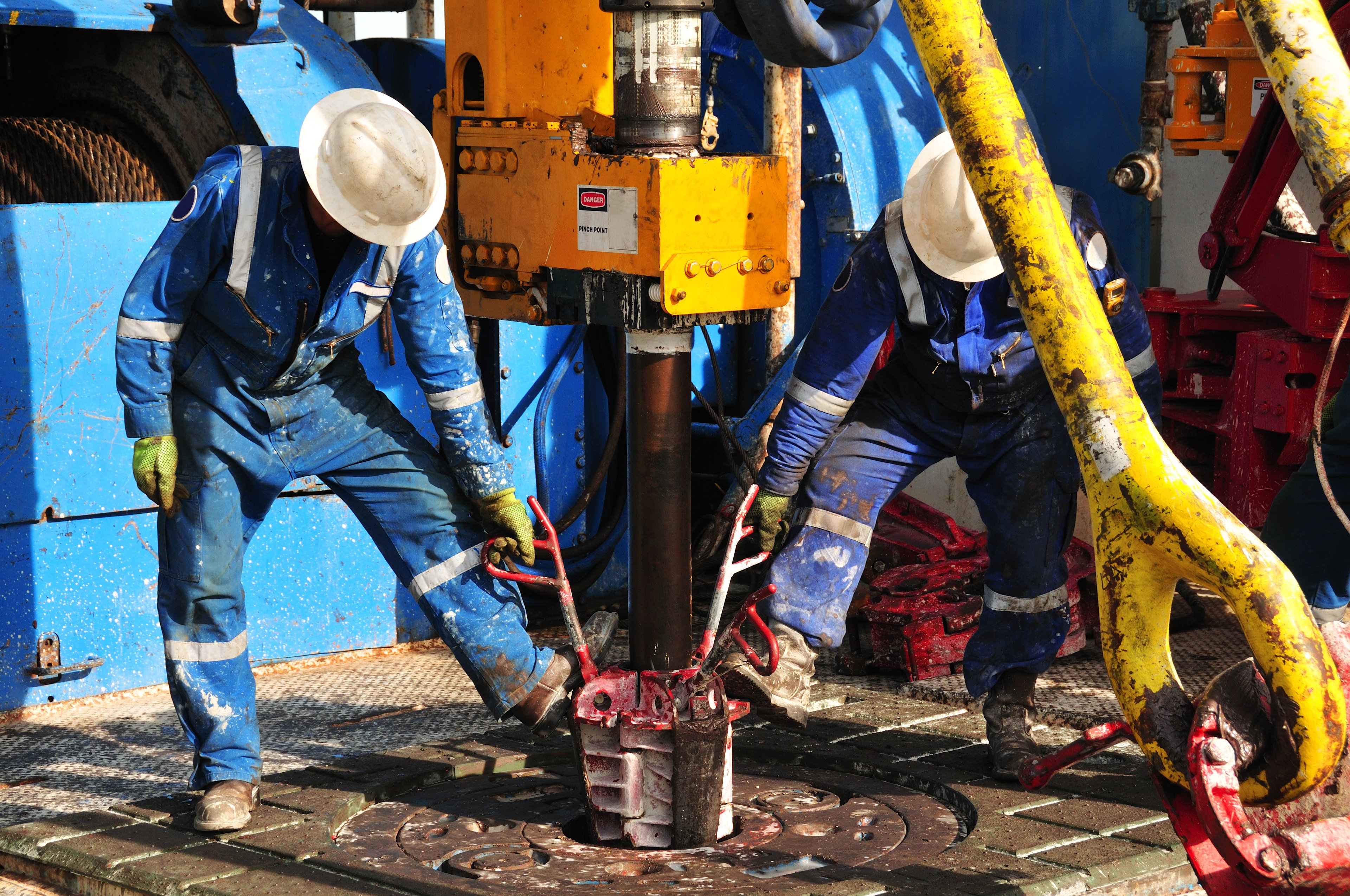Chevron (CVX 0.01%) recently reported its second-quarter financial results. While the oil giant's earnings were lower compared to previous periods, its cash flow surged. The strong cash flow is enabling the oil giant to return substantial amounts of money to shareholders.
With more cash flow growth ahead in 2026 and beyond, Chevron stands out as a leading oil stock to buy now and hold for years to come.

Image source: Getty Images.
Drilling down into Chevron's second-quarter earnings report
Chevron reported $3.1 billion of adjusted earnings for the second quarter. That was down from $3.8 billion in the first quarter and $4.8 billion in the year-ago period due to lower oil prices.
However, while Chevron's earnings were down, its cash flow from operations surged. Chevron generated $8.6 billion in the second quarter, up from $5.2 billion last quarter and $6.3 billion in the year-ago period. That brought its year-to-date total to $13.8 billion, up from $13.1 billion through the first six months of last year.
The primary factor fueling the cash flow improvement was higher cash distributions from its investment in TCO. The Kazakhstan joint venture started producing oil from its Future Growth Project (FGP) at the Tengiz oil field earlier this year. It's the world's deepest supergiant oil field and the largest single-trap-producing reservoir in existence. That project helped fuel a 34% increase in production from TCO last quarter.

NYSE: CVX
Key Data Points
Chevron also got a 22% production boost from recently completed projects in the Gulf of Mexico, which President Donald Trump renamed via executive order the Gulf of America. Meanwhile, its output in the Permian Basin reached the milestone of 1 million barrels of oil equivalent (BOE) per day in the quarter, representing a 14% increase over the past year.
These catalysts enabled Chevron to set a quarterly production record at 3.4 million BOE per day.
Returning the windfall to shareholders
Chevron's strong cash flow, along with declining capital spending following the completion of its FGP in Kazakhstan, enabled the company to generate $4.9 billion of free cash flow in the quarter. That's up from $4.2 billion in the second quarter and $4.8 billion in the year-ago period. That brought Chevron's 2025 total to $9.1 billion, up from $8.7 billion through the first half of last year.
The oil company returned more than 100% of its free cash flow to shareholders in the second quarter. It paid $2.9 billion in dividends and repurchased $2.6 billion of stock ($5.5 billion in total cash returns).
Chevron bridged the small gap with its fortress balance sheet. It ended the quarter with a net debt ratio of 14.8%. That's one of the lowest levels in the oil patch, and well below its 20%-25% target range.
An even bigger cash flow gusher is coming
Chevron expects its already robust free cash flow to surge next year. The company anticipates that TCO's FGP will steadily ramp up to full production rates (260,000 barrels per day). It's also ramping up output from recently completed projects in the Gulf. Additionally, it expects the Permian Basin to really hit its stride now that it has hit 1 million BOE per day.
These and other catalysts drive the company's view that it will produce an incremental $10 billion in free cash flow next year from its existing portfolio, assuming oil averages $70 per barrel (it's currently in the high $60s).
On top of that, Chevron finally closed its needle-moving acquisition of Hess last month. The company expects to capture $1 billion in cost savings from that deal by the end of this year. Add that to the expected free cash flow from Hess' growing operations, and Chevron sees this deal boosting its free cash flow by an additional $2.5 billion next year, to $12.5 billion.
Given the strength of Chevron's balance sheet, the oil giant will likely return its growing windfall to shareholders. The company will undoubtedly continue to increase its dividend (it has raised its payment for 38 consecutive years, growing it at a peer-leading pace over the past decade). Chevron will likely also ramp up its share repurchase rate, potentially toward the high end of its $10 billion to $20 billion annual target range.
A well-oiled, cash-gushing machine
Chevron is becoming a cash flow-producing juggernaut. Recently completed organic growth projects fueled robust cash flow in the second quarter, which should continue over the next year. On top of that, the company recently closed its megadeal for Hess, which will provide another boost in 2026 while extending its free cash flow growth outlook into the 2030s.
These drivers position Chevron to return a lot more cash to investors in the future, making it a very compelling oil stock to buy and hold for the next several years.





